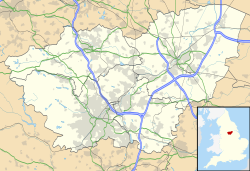| Topham | |
|---|---|
 Topham Ferry Farm | |
Location within South Yorkshire | |
| Civil parish | |
| Metropolitan borough | |
| Metropolitan county | |
| Region | |
| Country | England |
| Sovereign state | United Kingdom |
| Post town | GOOLE |
| Postcode district | DN14 |
| Dialling code | 01405 |
| Police | South Yorkshire |
| Fire | South Yorkshire |
| Ambulance | Yorkshire |
| UK Parliament | |
Topham is a small rural hamlet upon the River Went in rural Yorkshire within the Metropolitan Borough of Doncaster in northern England. The hamlet runs along the Trans-Pennine Trail.
